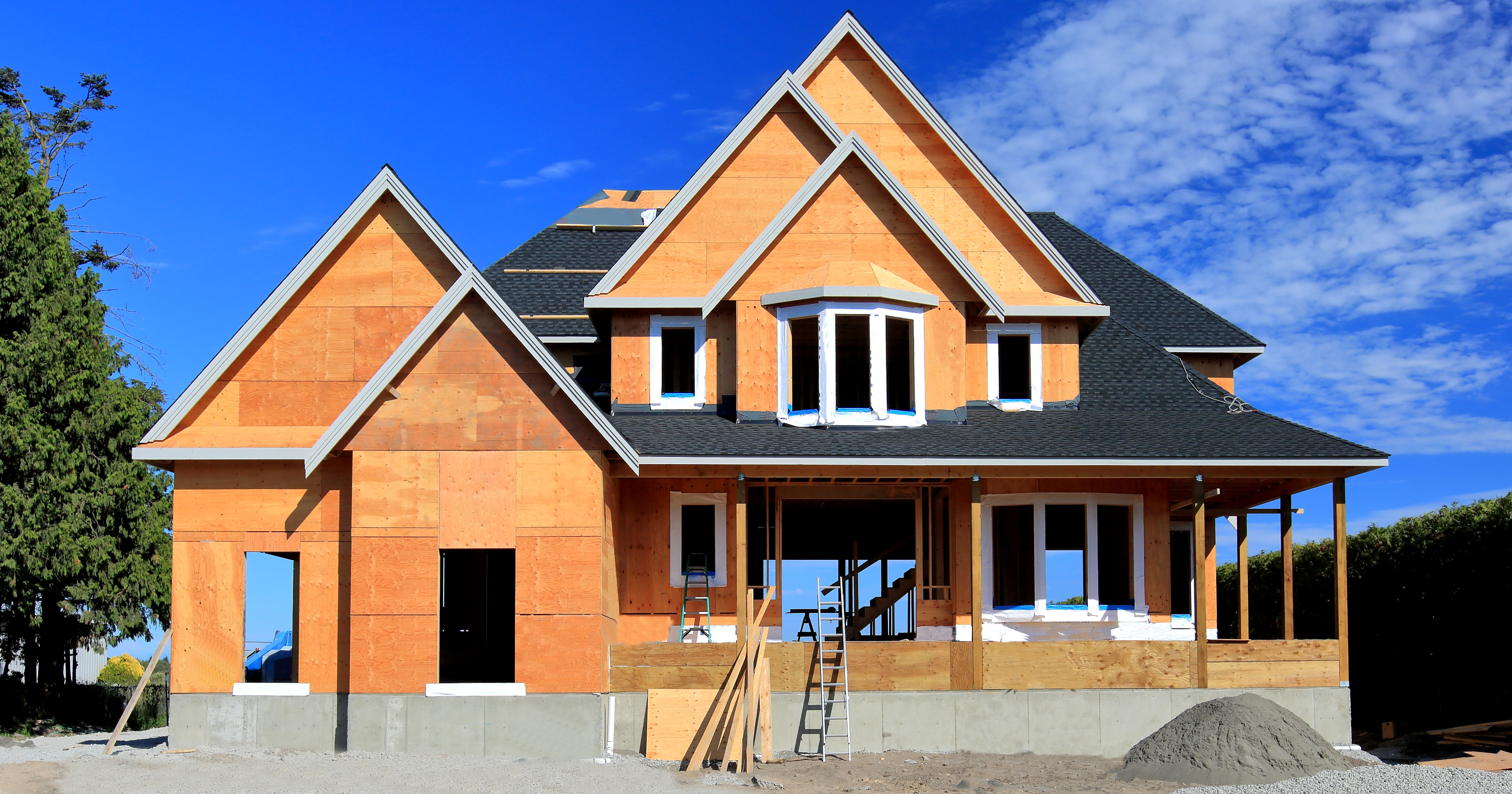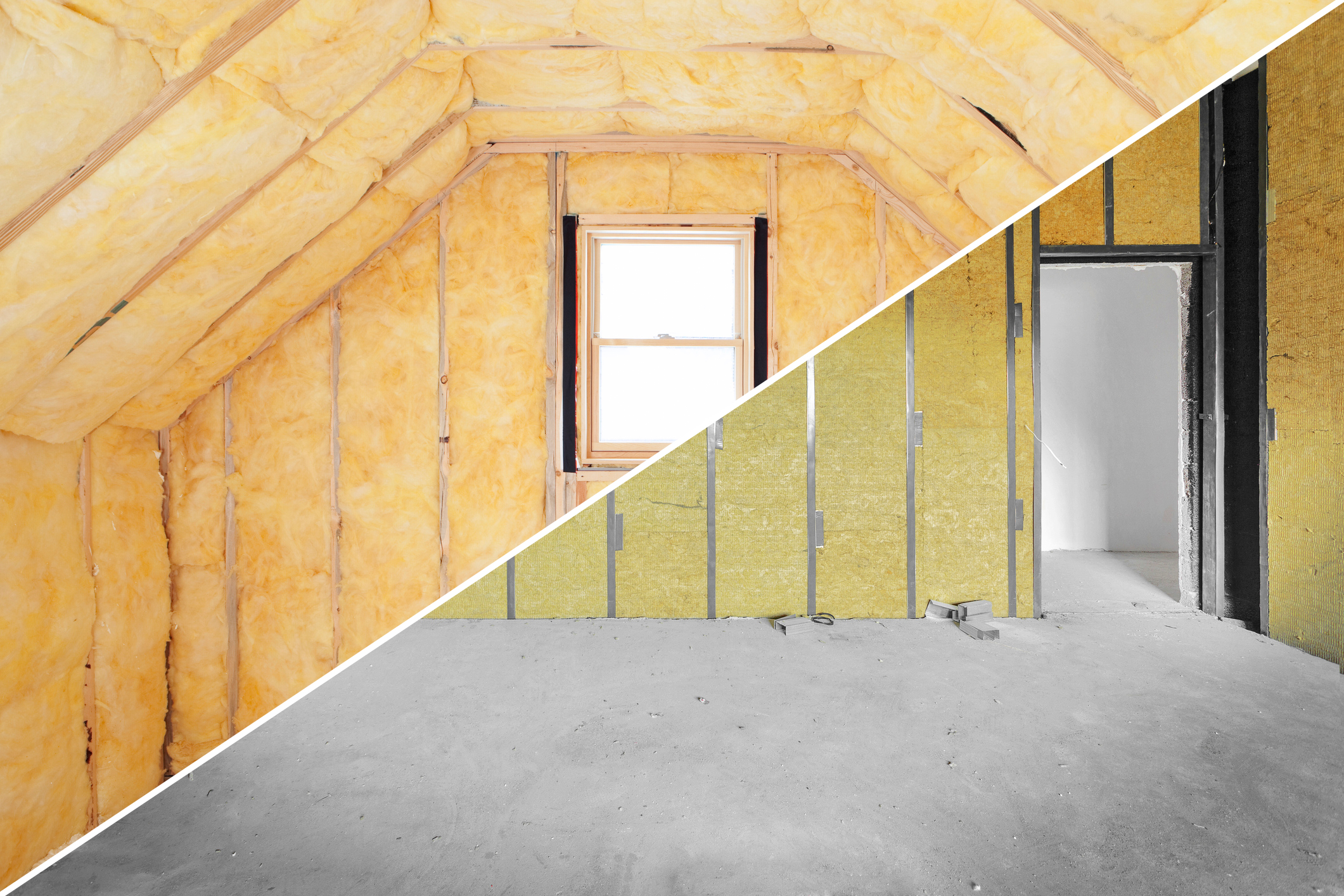
Join our new-construction energy efficiency field study in Wisconsin
Slipstream is currently looking for new single-family, multifamily, and commercial buildings to join our study, which includes a review of design and construction documents and a site visit. This work is being conducted with funding from the Department of Energy (DOE) through their Resilient and Efficient Codes Implementation grant.
By joining our study, you can help provide valuable information that will be used to understand how new construction practices align with building energy codes. The results of this study will validate impacts of energy codes and other energy efficiency initiatives, identify training opportunities, and benchmark technology trends in single-family, multifamily, and commercial new construction.

Residential and commercial examples of the “pre-drywall” phase needed for this study.
We are looking for single-family, multifamily and commercial buildings currently in one of two phases (note: single-family home sites can have only one type of visit, multifamily and commercial buildings ideally would have both visits completed for each building):
The building shell is constructed with interior drywall not installed. Major assessments at pre-drywall phase include window performance, wall insulation grades, roof insulation, and foundation insulation values.
- Single-family: The building is essentially complete with no occupancy. Final phase assessments include ceiling insulation checks, building air tightness performance, duct tightness testing, and lighting efficiency grading.
- Multifamily: The building is complete with early occupancy, common areas have typical HVAC and lighting operations. At least five dwelling units need to be not occupied for data collection as well as air leakage and duct tightness testing. Access to mechanical and electrical rooms and the building automation system (if applicable) is needed to document equipment nameplate information and control sequences.
- The five unoccupied dwelling units ideally are a top-story end unit, a top-story internal unit, the largest unit in the building, the smallest unit in the building, and a bottom-story end unit.
- Commercial buildings: The building is complete with early occupancy and typical operations. Access to mechanical and electrical rooms and the building automation system (if applicable) is needed to document equipment nameplate information and control sequences.
Compensation for your time
In recognition of your time, we are offering gift cards to local establishments.
Background on the project
This field study is part of an ongoing project by Slipstream and other partners in Wisconsin to advance the development and effectiveness of the energy codes in the state. The overarching goal of this project is to strengthen the code development process, increase code compliance in Wisconsin, and assist local government in building policy advancement. The data gathered in this study will play a key part in the project objectives.
After gathering information in these new construction energy efficiency studies, the project team will be better informed to provide technical guidance for future energy code updates.
Join the study
Contact Cynthia Segura at csegura@slipstreaminc.org or 608.729.6889 to learn more.